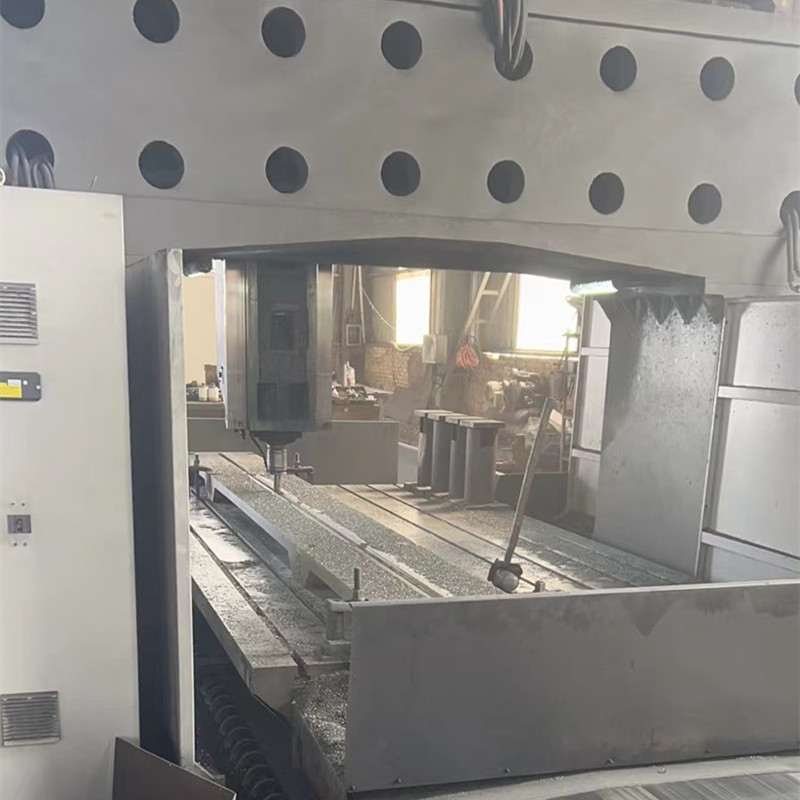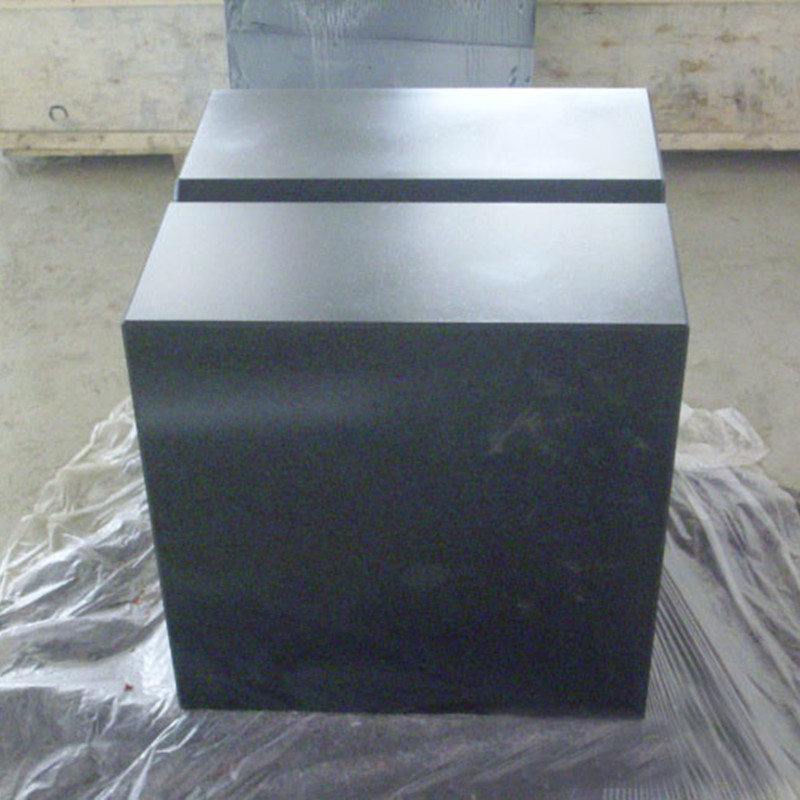Feb . 11, 2025 05:57 Back to list
different types of control valves and their applications
Control valves are indispensable components in various industrial processes, serving as the primary means of regulating the flow and pressure of fluids. Their importance in ensuring efficient and safe operations cannot be overstated. This article delves into the different types of control valves and their specific applications, providing insights garnered from decades of expertise and real-world experience.
Diaphragm valves are favored in applications involving high-purity fluids and corrosive substances. Their design, which uses a flexible diaphragm to open or close the valve, makes them ideal for controlling flow in pharmaceutical, biotechnological, and food industries. The absence of a dynamic seal between the body and the bonnet ensures there is no contamination of the fluids, which is crucial in maintaining the integrity of the product in high-purity processes. For more demanding applications, specialized types of control valves such as pinch valves and pressure reducing valves are used. Pinch valves are perfect for handling slurries and granular products. They offer minimal flow obstruction because they control the flow by pinching a flexible inner tube through which media passes. This design is particularly beneficial in wastewater treatment plants and mining operations. Pressure reducing valves maintain a constant downstream pressure despite varying upstream pressure and are employed in steam, gas, and water distribution networks. This ability to regulate pressure downstream ensures that systems are protected from the potential damage of excess pressure, thus prolonging the life of connected equipment and machinery. Each type of control valve offers unique advantages tailored to specific applications, underlining the importance of selecting the appropriate valve type to meet operational demands critically. Industry professionals must consider factors such as the chemical properties of the media, pressure, temperature, and the desired flow characteristics when selecting a valve. The right choice not only optimizes the process efficiency but also reduces maintenance costs and enhances safety. In conclusion, the selection of a control valve is a critical decision in industrial operations. Understanding the distinct characteristics and applications of each valve type boosts process efficiency and safety. Whether dealing with high-pressure steam in a power plant or ensuring the sterile flow of pharmaceuticals, selecting the right control valve is paramount for operational success. Through the lens of experience, expertise, authoritativeness, and trustworthiness, the nuances of control valves reveal that their correct application is as much an art as it is a science.


Diaphragm valves are favored in applications involving high-purity fluids and corrosive substances. Their design, which uses a flexible diaphragm to open or close the valve, makes them ideal for controlling flow in pharmaceutical, biotechnological, and food industries. The absence of a dynamic seal between the body and the bonnet ensures there is no contamination of the fluids, which is crucial in maintaining the integrity of the product in high-purity processes. For more demanding applications, specialized types of control valves such as pinch valves and pressure reducing valves are used. Pinch valves are perfect for handling slurries and granular products. They offer minimal flow obstruction because they control the flow by pinching a flexible inner tube through which media passes. This design is particularly beneficial in wastewater treatment plants and mining operations. Pressure reducing valves maintain a constant downstream pressure despite varying upstream pressure and are employed in steam, gas, and water distribution networks. This ability to regulate pressure downstream ensures that systems are protected from the potential damage of excess pressure, thus prolonging the life of connected equipment and machinery. Each type of control valve offers unique advantages tailored to specific applications, underlining the importance of selecting the appropriate valve type to meet operational demands critically. Industry professionals must consider factors such as the chemical properties of the media, pressure, temperature, and the desired flow characteristics when selecting a valve. The right choice not only optimizes the process efficiency but also reduces maintenance costs and enhances safety. In conclusion, the selection of a control valve is a critical decision in industrial operations. Understanding the distinct characteristics and applications of each valve type boosts process efficiency and safety. Whether dealing with high-pressure steam in a power plant or ensuring the sterile flow of pharmaceuticals, selecting the right control valve is paramount for operational success. Through the lens of experience, expertise, authoritativeness, and trustworthiness, the nuances of control valves reveal that their correct application is as much an art as it is a science.
Latest news
-
Why Metric Trapezoidal Thread is Ideal for Precision Motion ControlNewsAug.05,2025
-
The Unique Properties of a Block of Granite for Industrial UseNewsAug.05,2025
-
The Role of Flanged Y Strainers in Preventing Pipeline ClogsNewsAug.05,2025
-
The Importance of Regular Calibration for Master Ring GagesNewsAug.05,2025
-
How a Cast Iron Surface Table Enhances Accuracy in ManufacturingNewsAug.05,2025
-
Comparing Different Check Valve Types for Optimal Flow ControlNewsAug.05,2025
Related PRODUCTS









